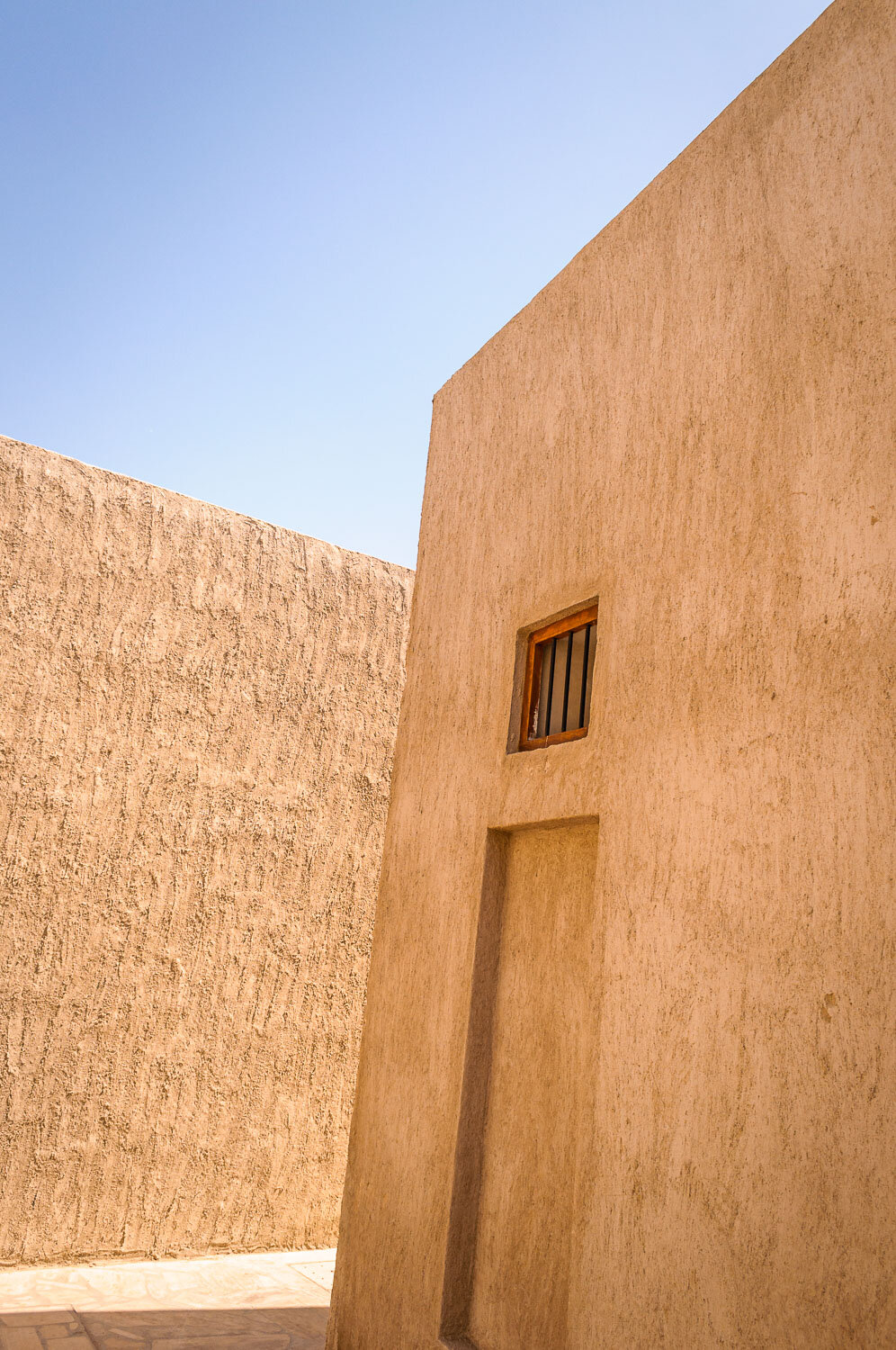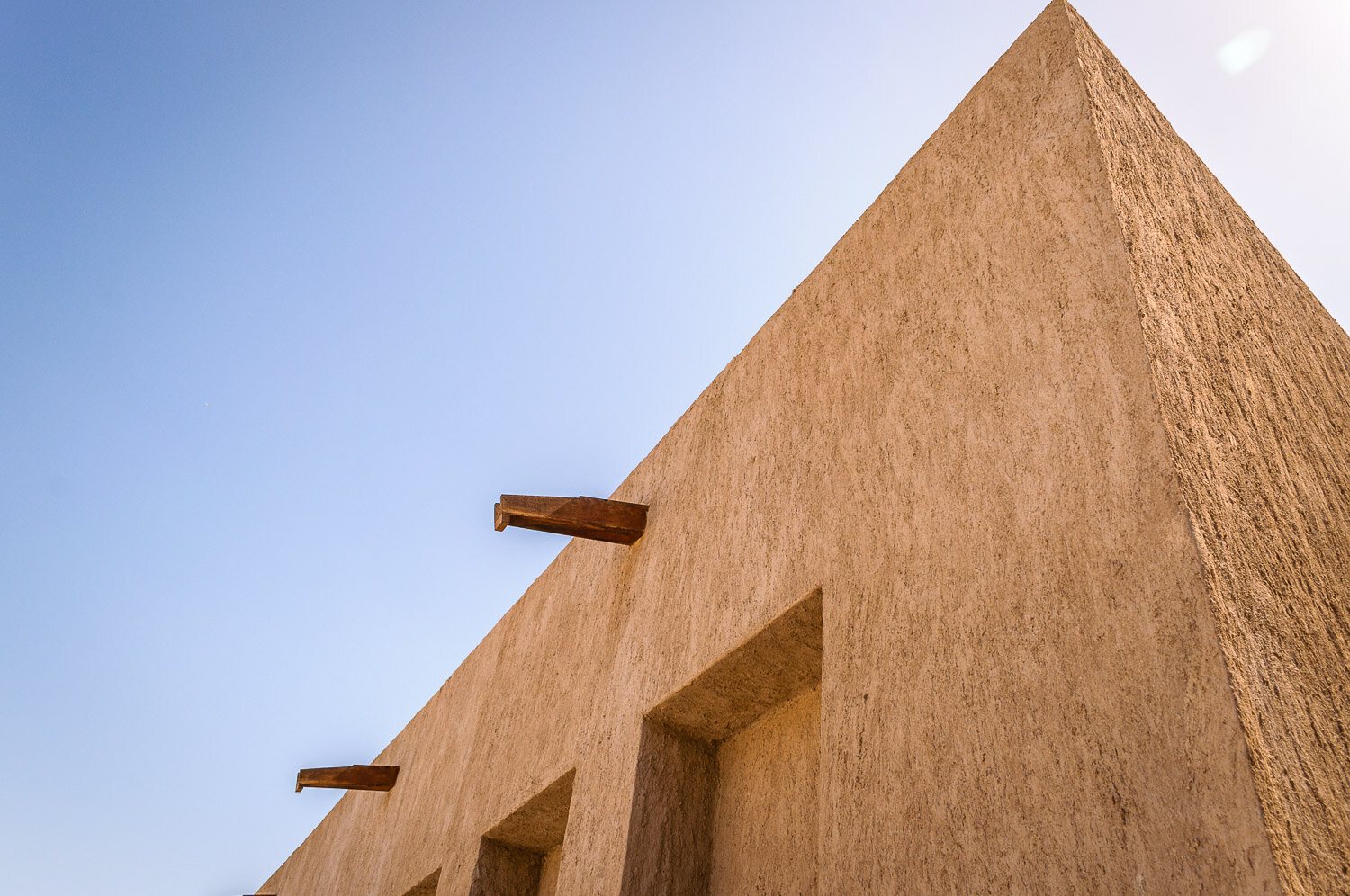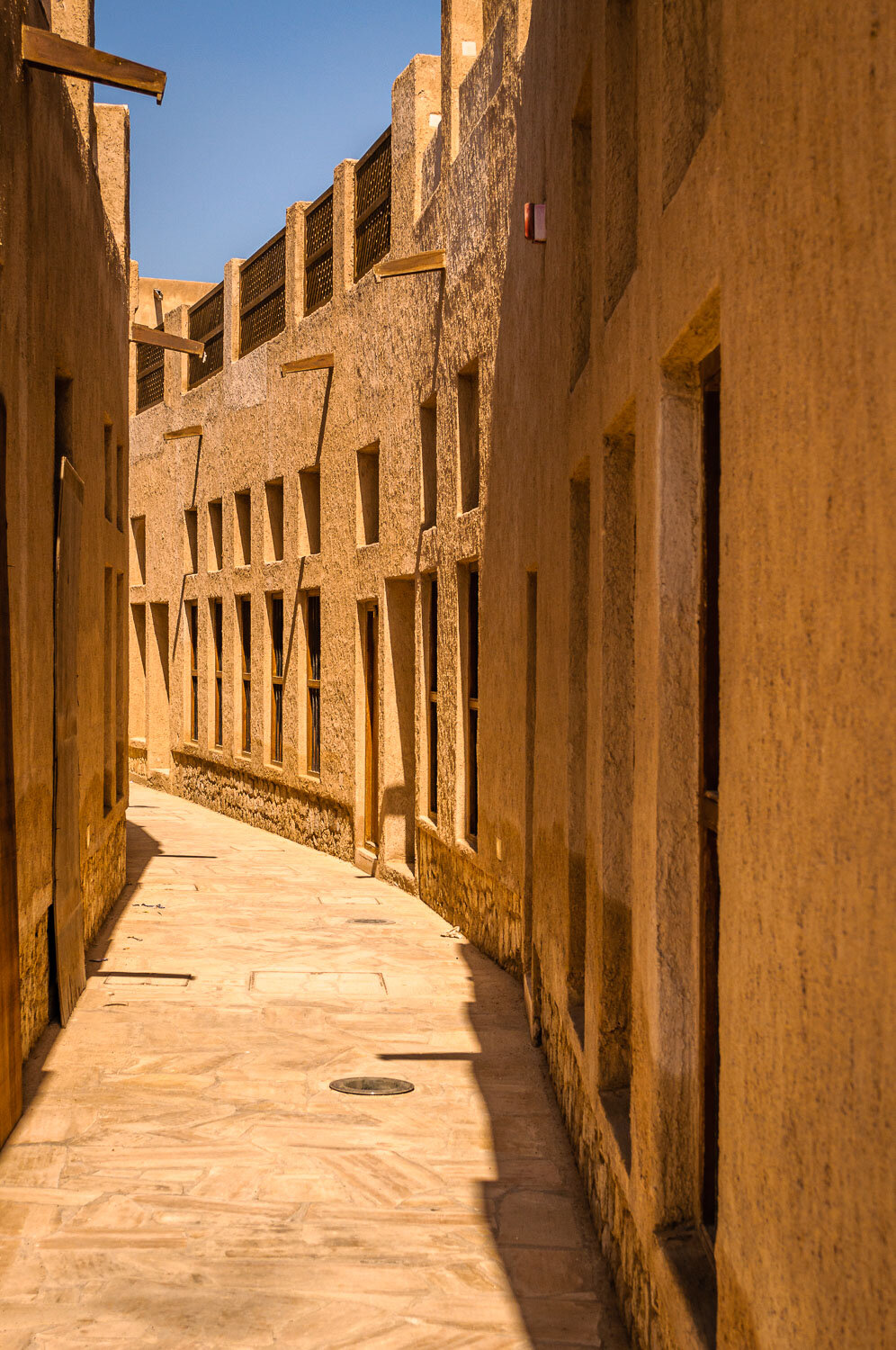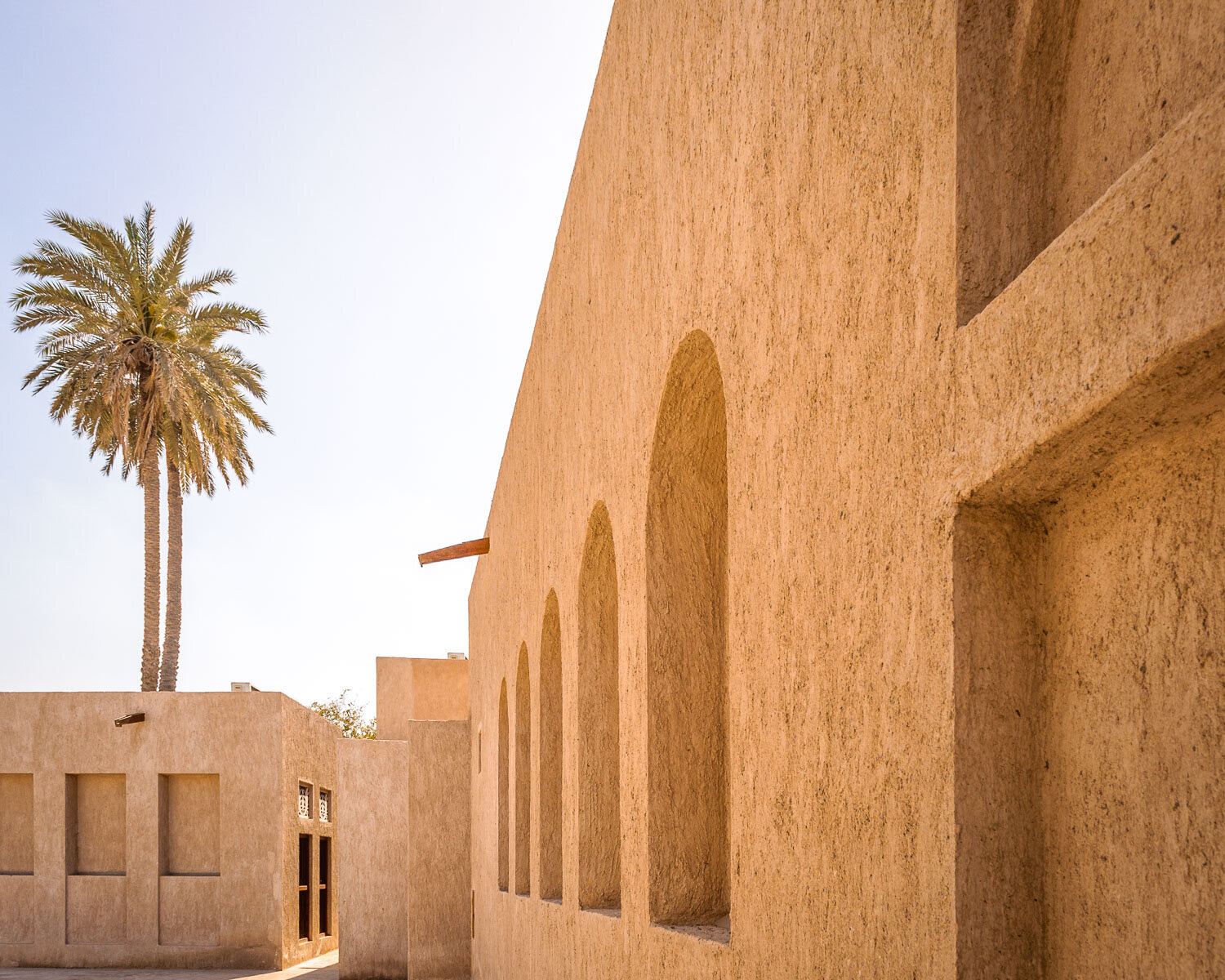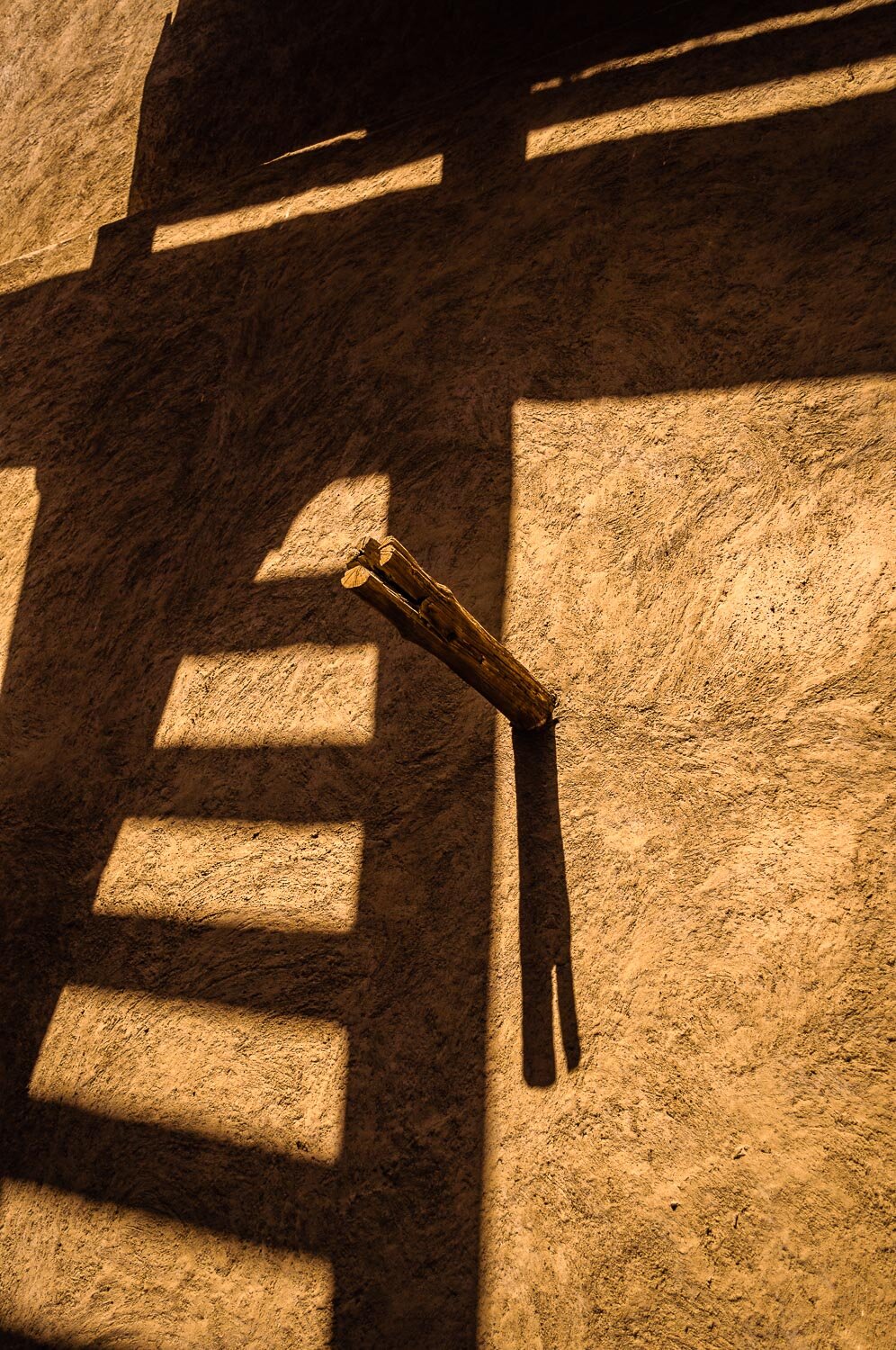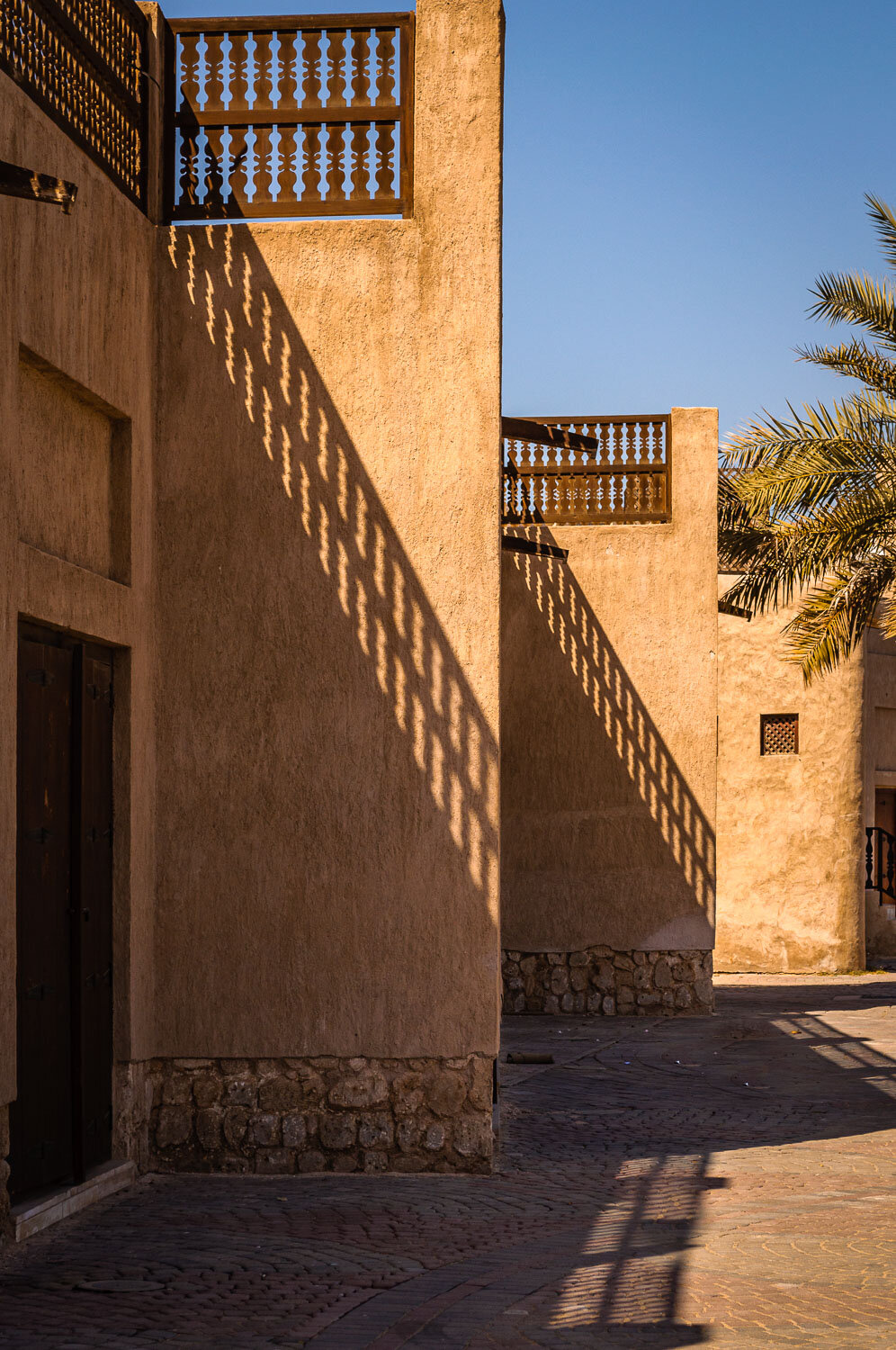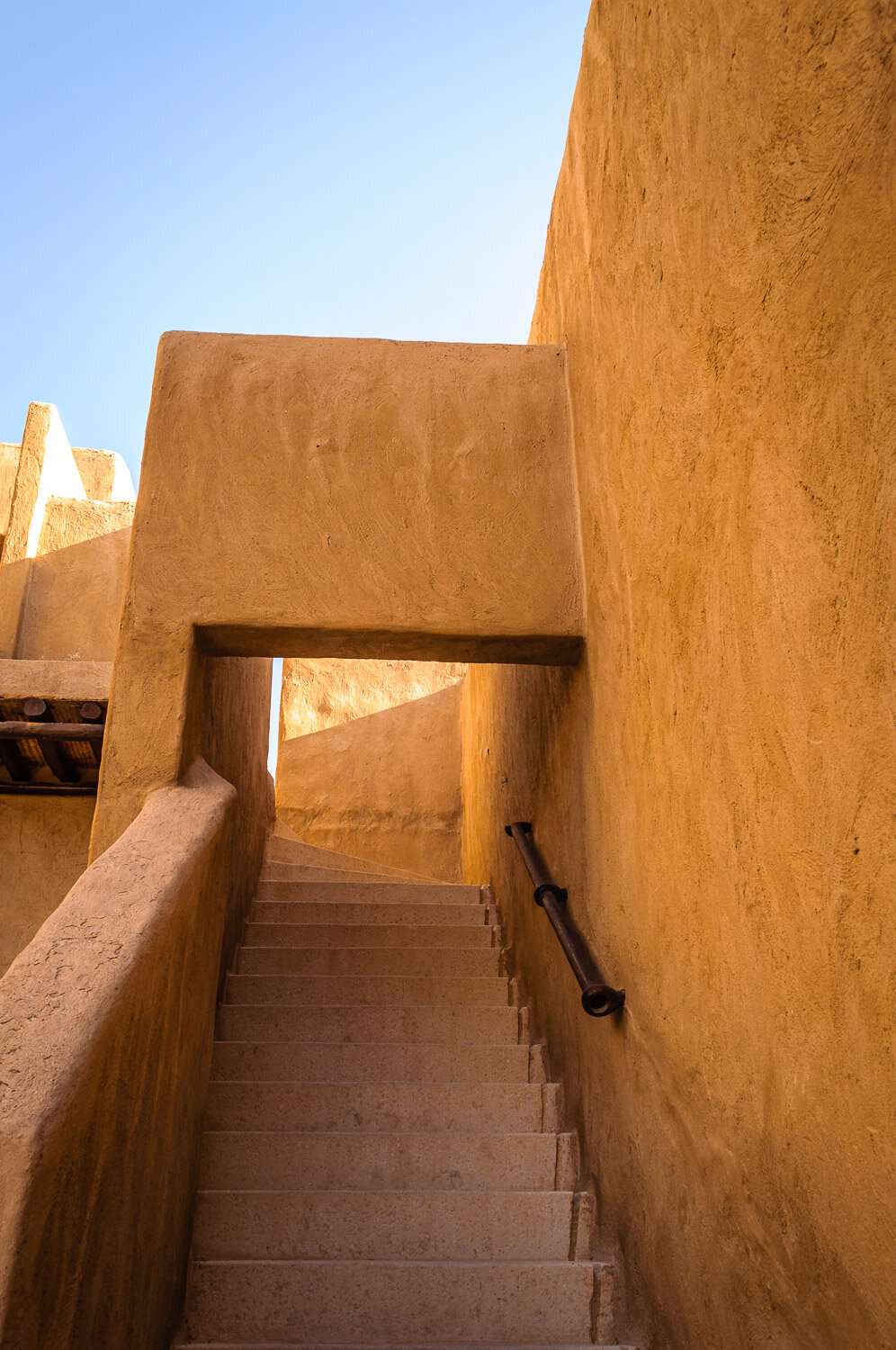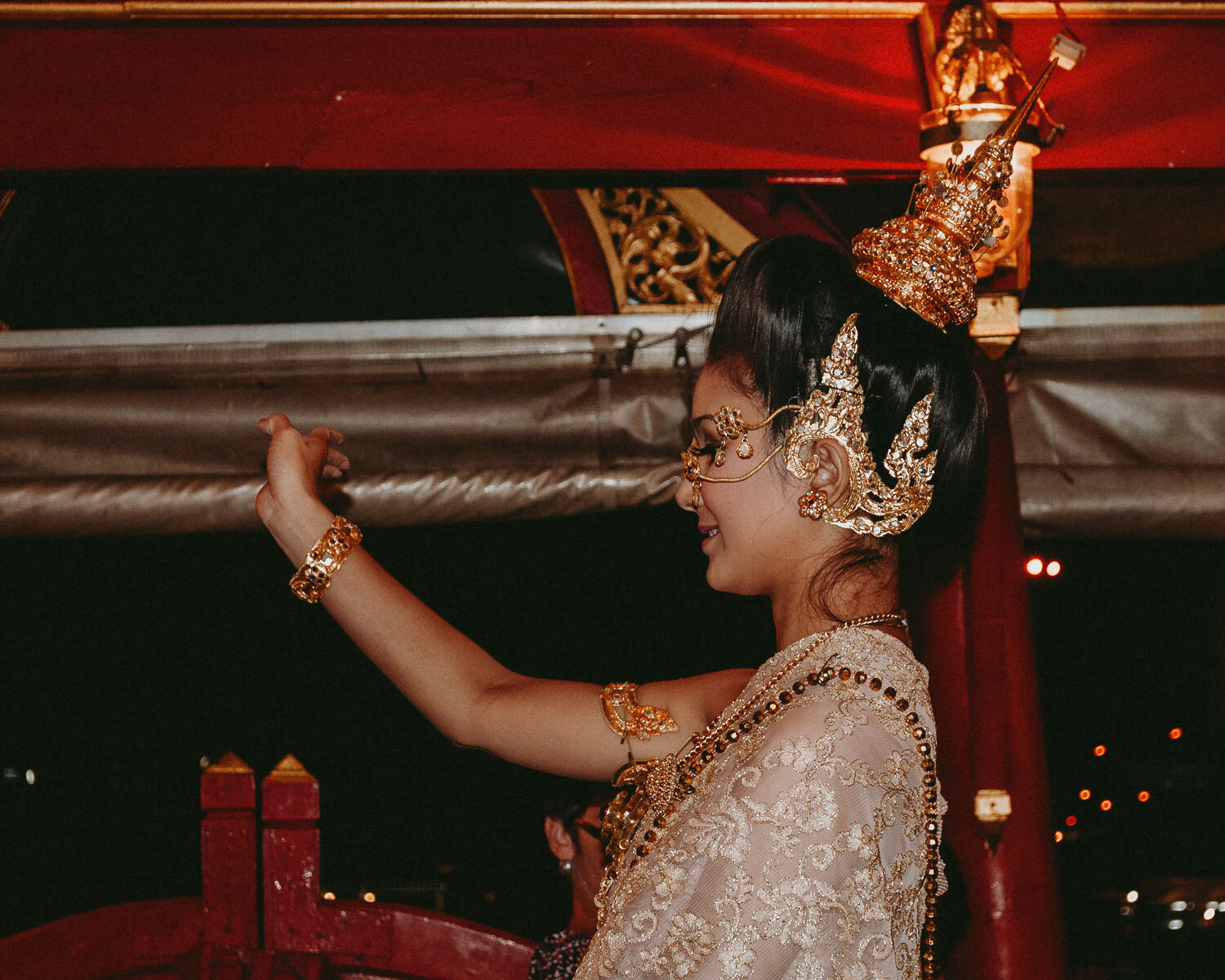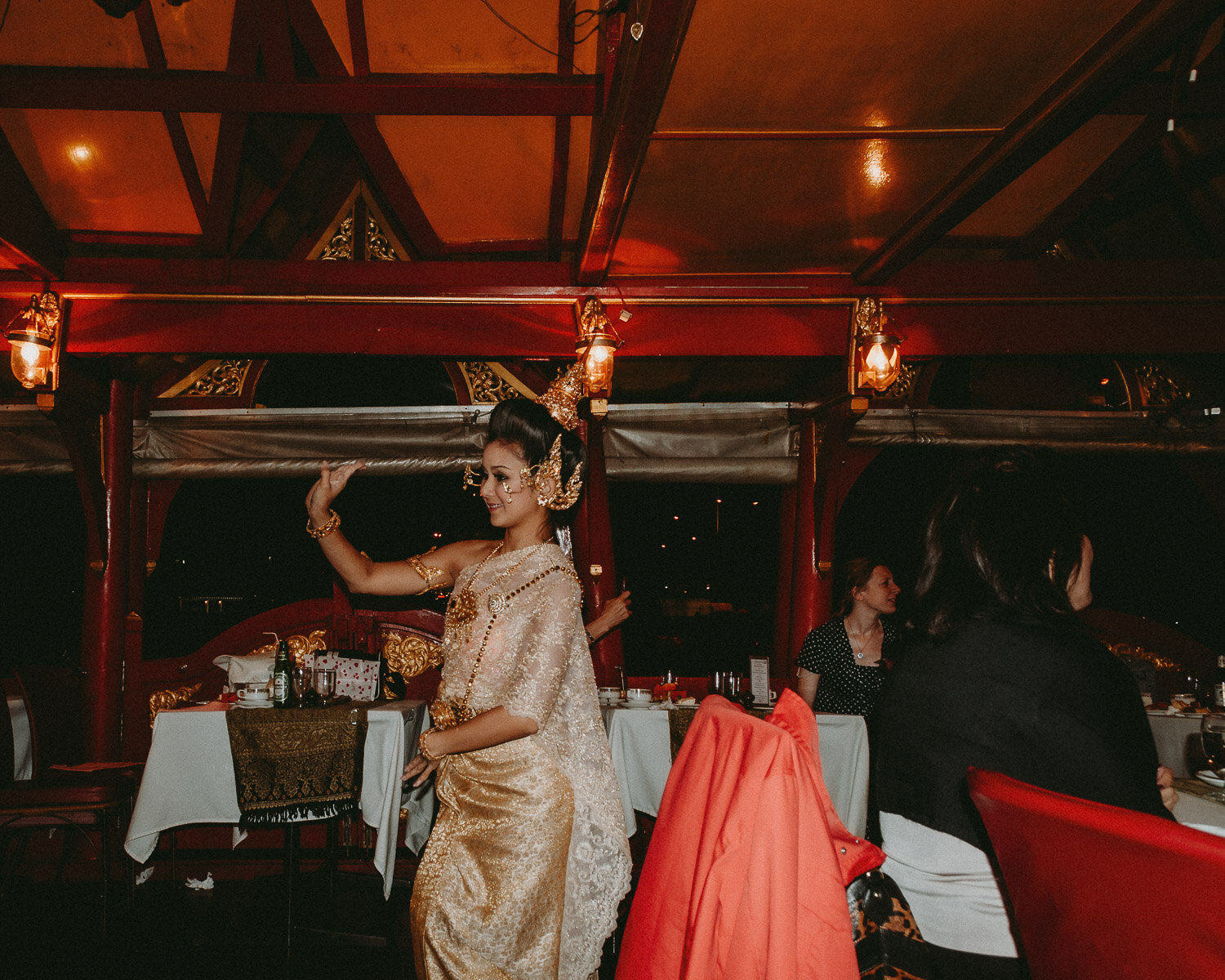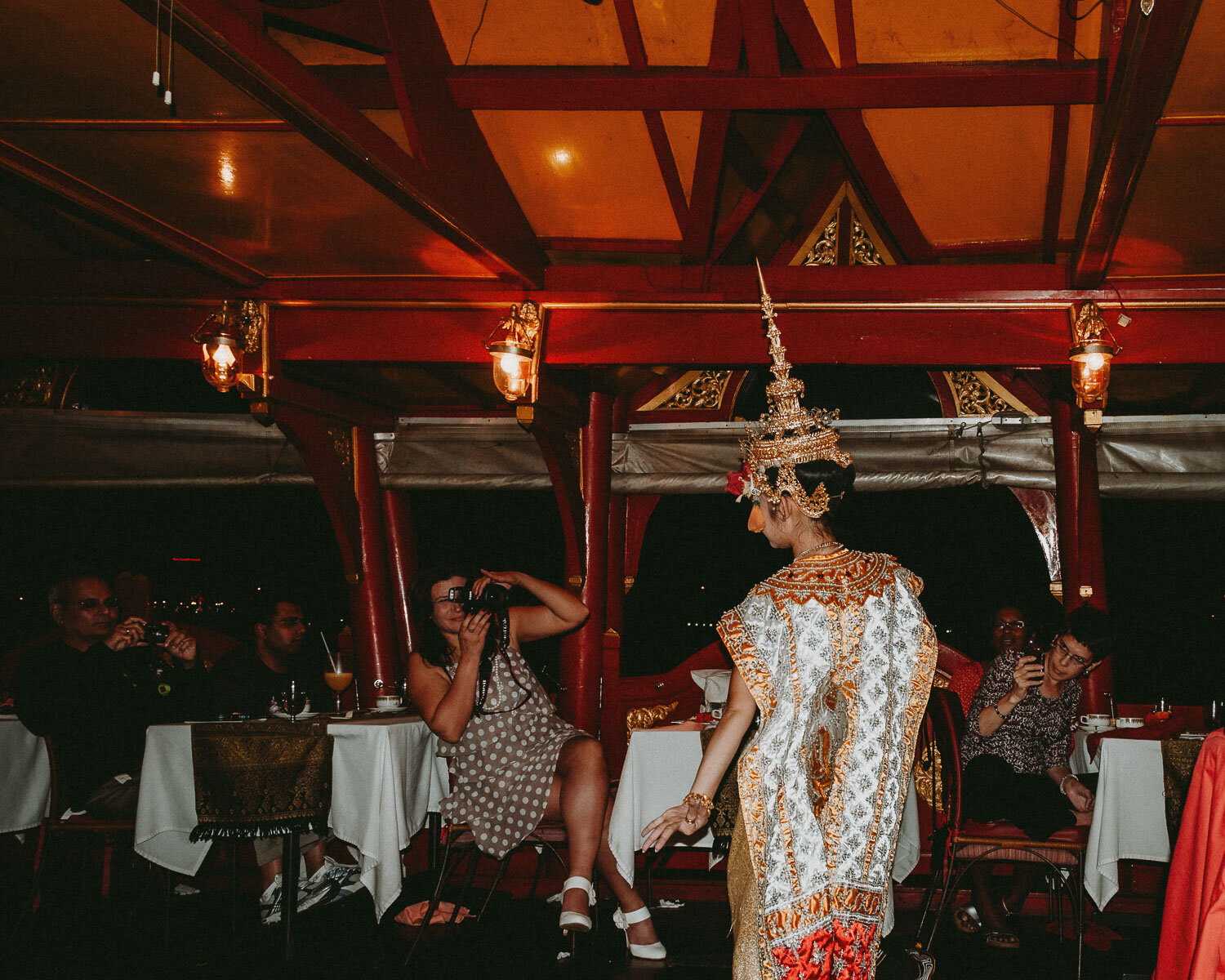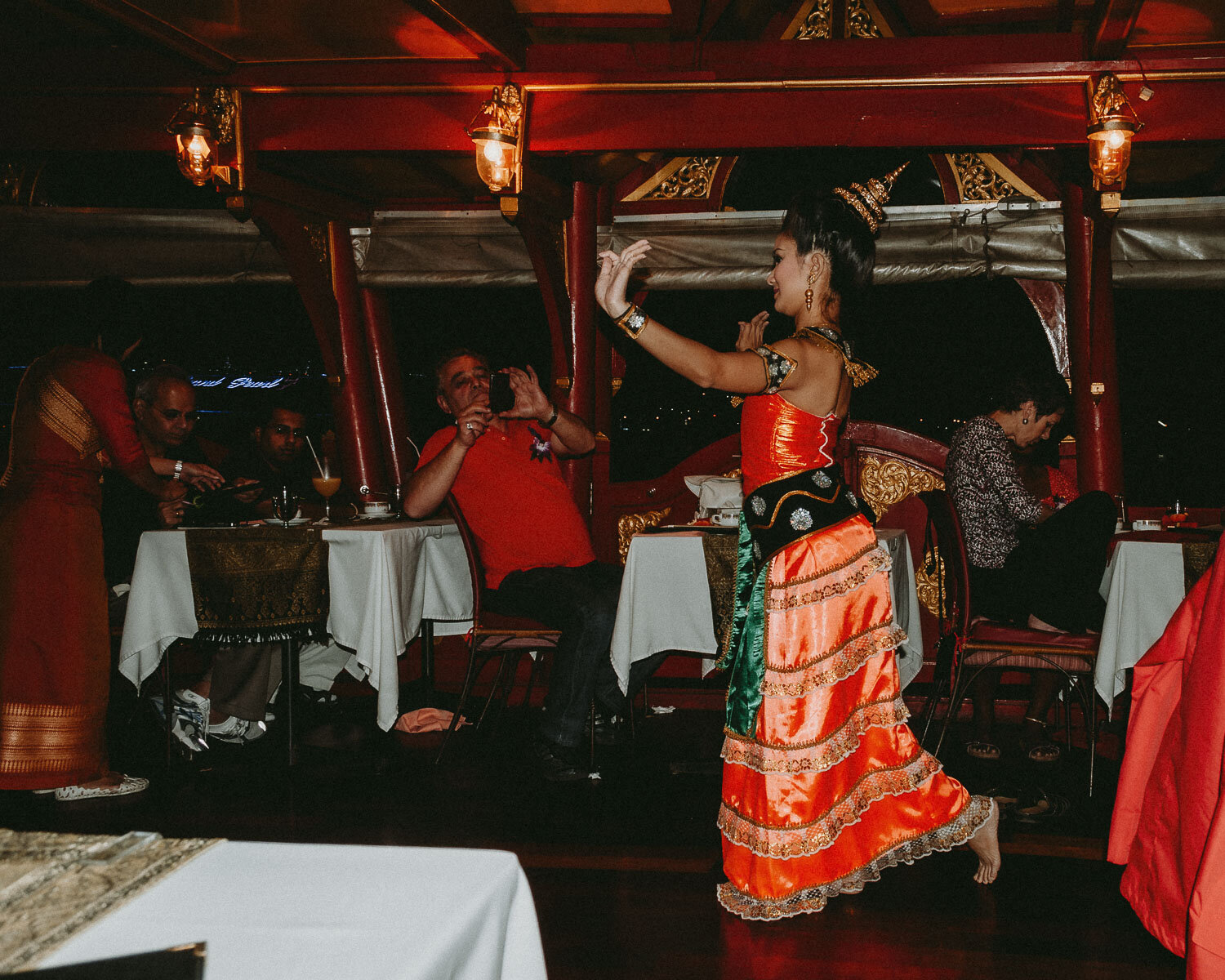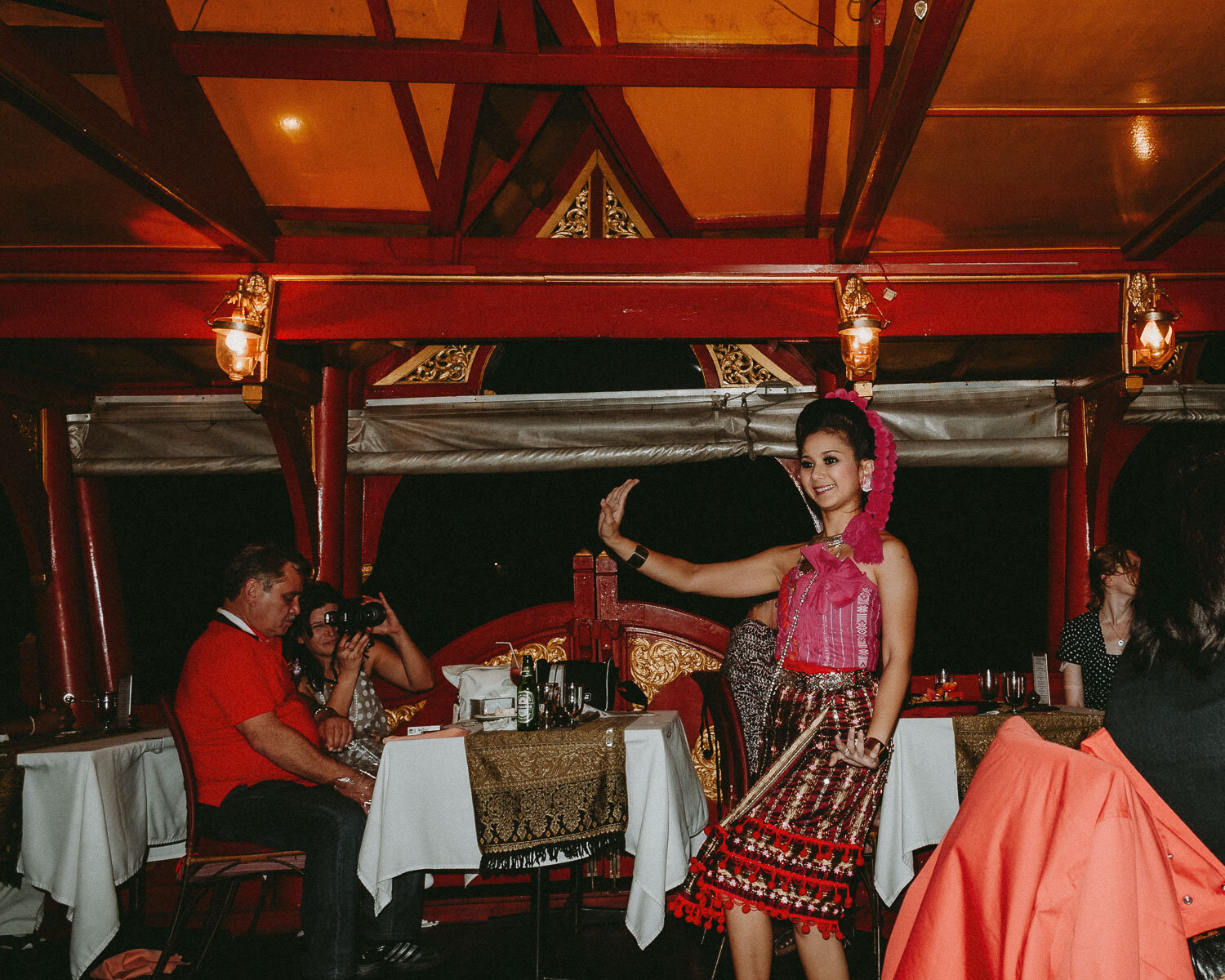The Ottoman Empire was a vast and powerful state that spanned much of Southeast Europe, Western Asia, and North Africa from the late 13th century to the early 20th century. As the center of this vast empire, the city of Istanbul was home to some of the most magnificent palaces in the world.
Located on the banks of the Bosphorus, the Ottoman palaces were a testament to the wealth and power of the Ottoman sultans. These palaces were not only the residences of the sultans and their families but also served as the center of government and the hub of cultural and artistic life in the empire.
One of the most famous of these palaces is the Topkapi Palace, which was the primary residence of the Ottoman sultans for nearly 400 years. Built in the 15th century, the Topkapi Palace is a sprawling complex that includes four main courtyards, several smaller palaces, and a harem where the sultan's concubines and children lived. The palace is a masterpiece of Ottoman architecture and is filled with ornate decorations, intricate mosaics, and beautifully carved marble.
Another iconic Ottoman palace on the banks of the Bosphorus is the Dolmabahce Palace. Built in the 19th century, the Dolmabahce Palace was the last major palace to be constructed by the Ottoman Empire. It is a grand, neoclassical structure that was designed to rival the palaces of Europe's monarchs. The palace is filled with opulent furnishings, including a staircase made of marble and crystal, and a massive chandelier that weighs nearly four tons.
In addition to these two palaces, there are several other Ottoman palaces on the banks of the Bosphorus, including the Yildiz Palace, the Ciragan Palace, and the Beylerbeyi Palace. Each of these palaces is a unique and breathtaking example of Ottoman architecture and design, and they offer a glimpse into the lavish lifestyle of the Ottoman sultans.


